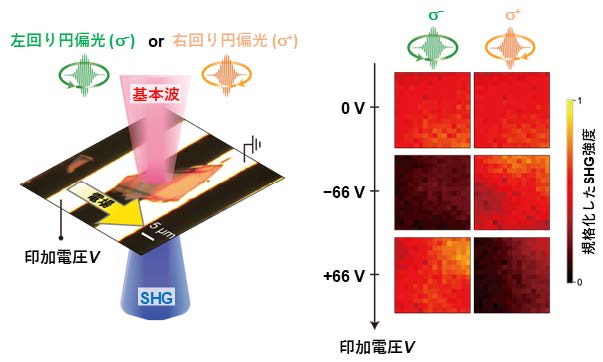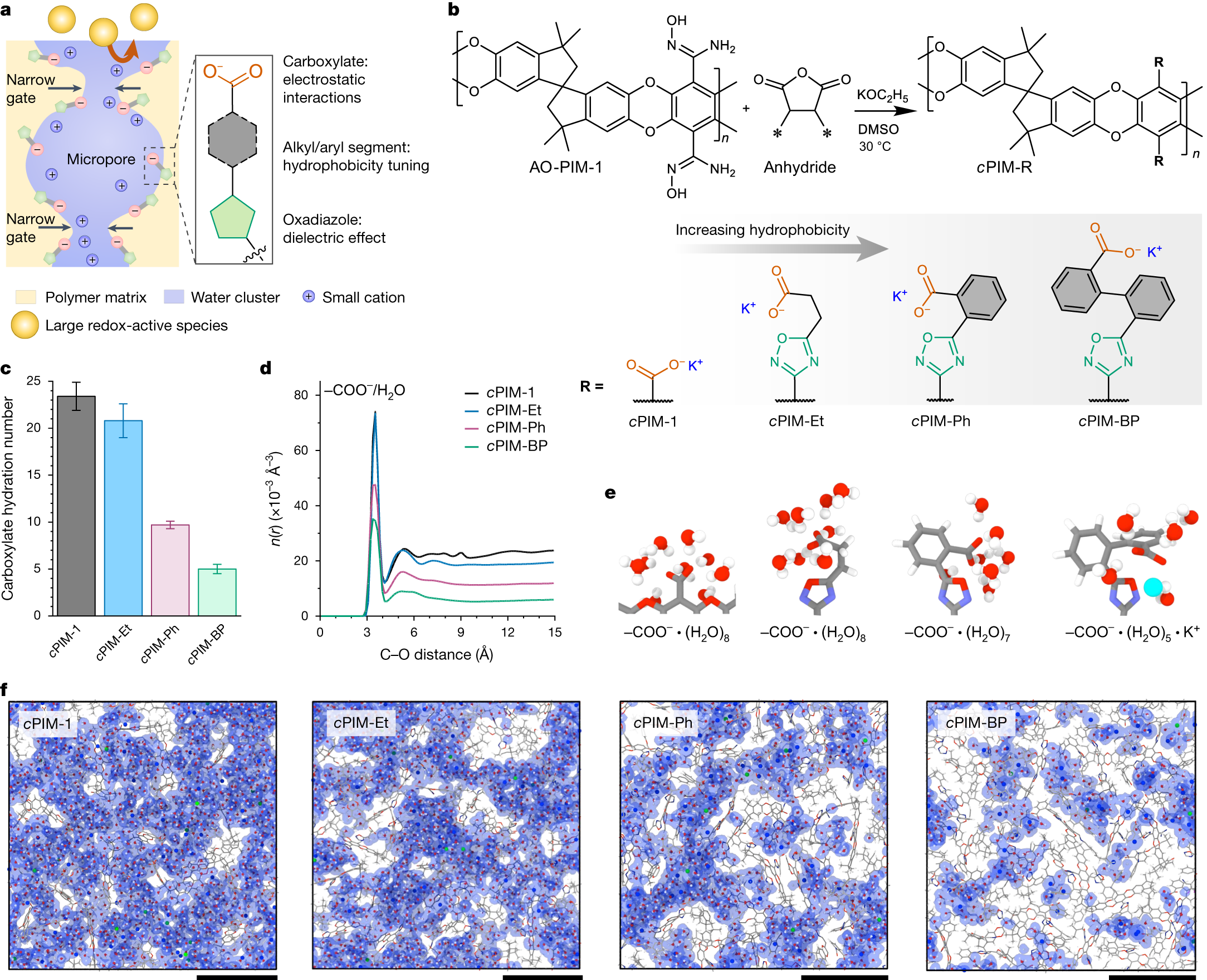2024-11-14 エディンバラ大学
<関連情報>
- https://www.ed.ac.uk/news/2024/wave-predicting-robots-green-energy-costs
- https://journals.sagepub.com/doi/full/10.1177/02783649241286909
波浪外乱を考慮した非線形モデル予測による遠隔操作水中探査機の動的位置決め Nonlinear model predictive dynamic positioning of a remotely operated vehicle with wave disturbance preview
Kyle L. Walker, Laura-Beth Jordan, and Francesco Giorgio-Serchi
The International Journal of Robotics Research Published:October 11, 2024
DOI:https://doi.org/10.1177/02783649241286909

Abstract
Exploiting preview information of disturbances within robot control is an effective method of handling state perturbations. For underwater vehicles operating in wave-dominated environments, disturbances significantly influence vehicle response and pose a threat to operational safety. In consideration of this, a complete end-to-end control architecture is developed in this work for disturbance rejection during station keeping tasks under wave perturbations, encompassing a nonlinear model predictive controller (NMPC) combined with a deterministic sea wave predictor (DSWP). The wave predictor exploits a continuous measurement of the wave elevation at a location upstream of the vehicle to form a forecast of the temporal evolution of the wave elevation at the vehicle location. The predicted wave parameters are then used to estimate the impending wave-induced hydrodynamic loading, enabling explicit consideration of accurate short-term disturbance forecasts within the controller, ensuring this preview is incorporated in the optimised control sequence. Experimental testing confirms the validity of the wave predictor, producing RMSE as low as 0.017 m. The proposed strategy is then simulated under various wave conditions, optimising control actions inclusive of the preview information. The NMPC outperforms a similar disturbance mitigating feed-forward controller, with average improvements of up to 52% and is found to perform best even with noisy, lower accuracy wave predictions, as well as with communication time delays, providing a high degree of robustness. This demonstrates the potential of the proposed control framework to effectively tackle disturbance mitigation of underwater vehicles subject to large magnitude wave disturbances, expanding the operational envelop of autonomous systems towards forbidding ocean environments.



